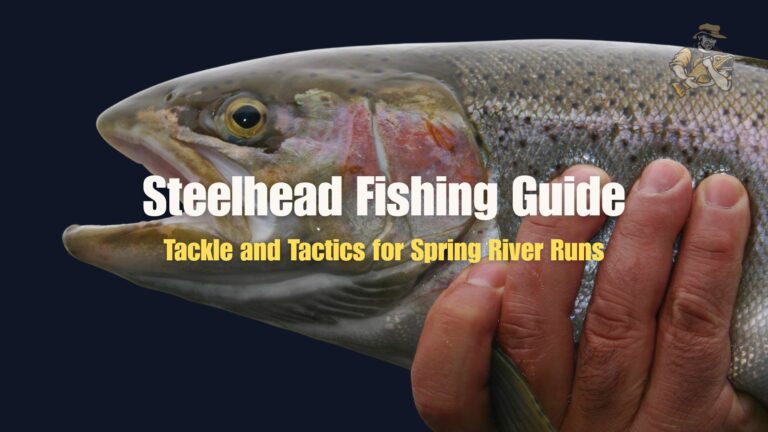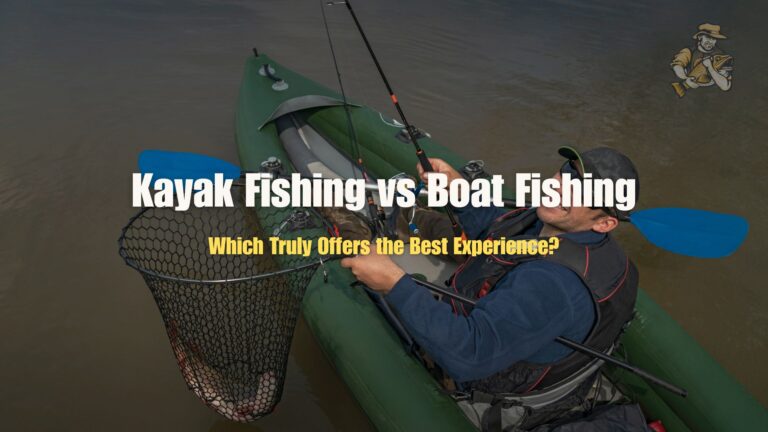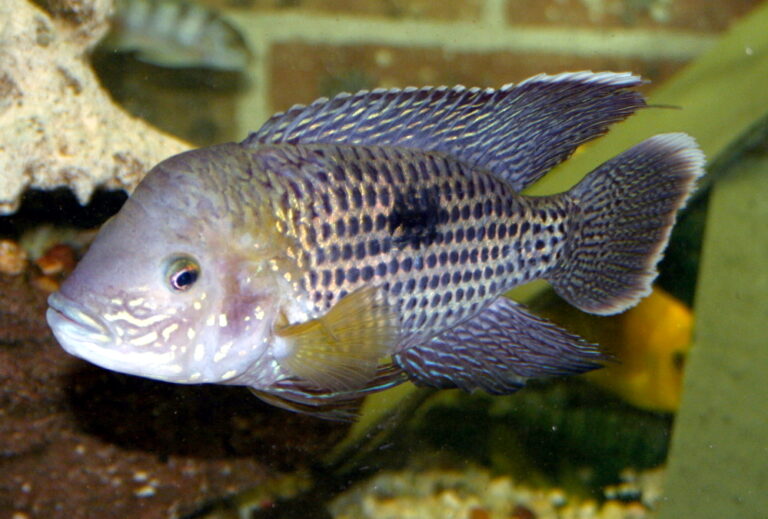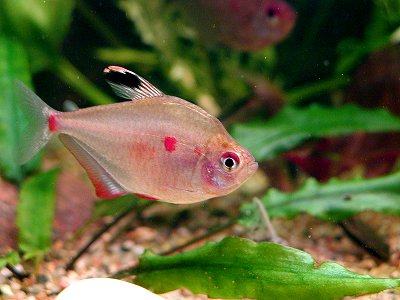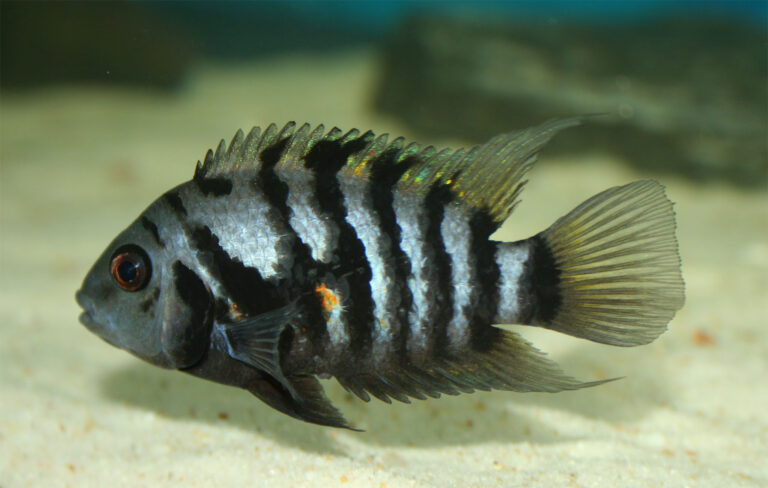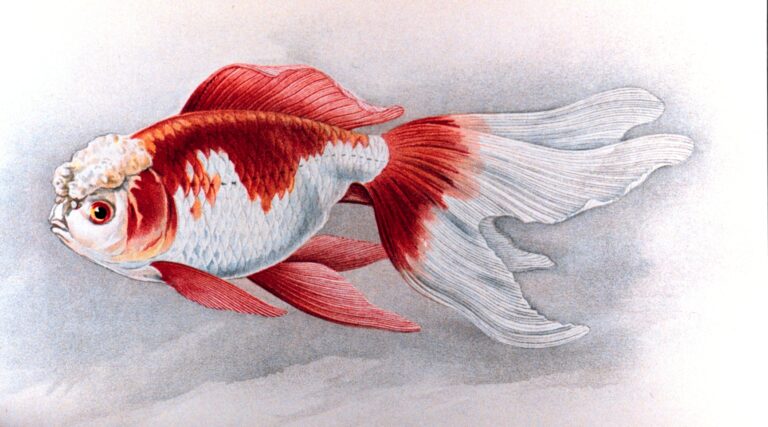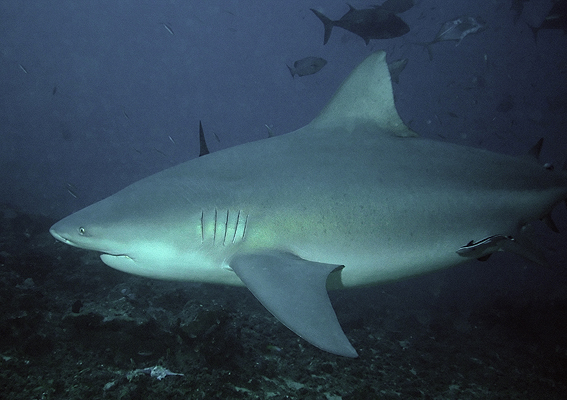Basic Fishing Techniques: Master the Fundamentals
By Adam Hawthorne | Last Modified: April 26, 2025
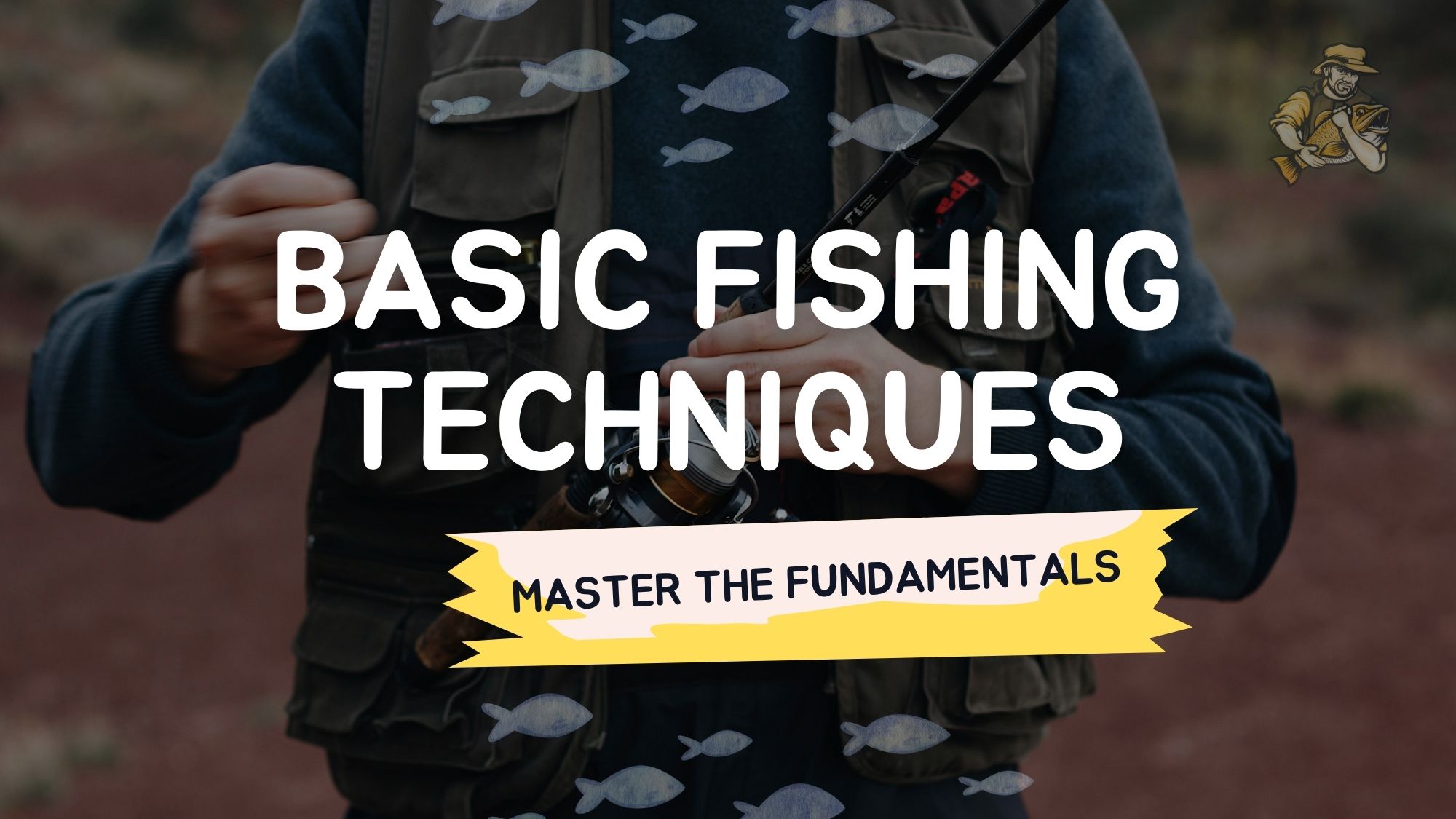
There’s something magical about that first tug on your fishing line. I still remember mine, a scrappy bluegill on a summer afternoon that fought like it was three times its size. But getting to that moment can feel overwhelming when you’re just starting out. After 30+ years of casting lines in everything from tiny creeks to deep ocean waters, I’ve learned that mastering a few basic fishing techniques can make all the difference between going home empty-handed and creating lasting memories.
Whether you’re completely new to fishing or looking to brush up on the fundamentals, I’m going to walk you through the essential techniques that form the backbone of successful angling. These are the same approaches I’ve refined over decades of trial and error, and they work across different environments and for various fish species.
Basic Fishing Techniques That Actually Work
When I first started fishing with my grandfather on Lake Michigan, I was overwhelmed by all the gear and terminology. Looking back, I wish someone had simplified things for me. That’s exactly what I’ll do for you here, no unnecessary complications, just practical advice that works.
Fishing doesn’t need to be complex. By understanding a handful of fundamental techniques, you’ll dramatically increase your chances of success while building the confidence to experiment with more advanced approaches later on.
The Art of Casting: Getting Your Bait Where the Fish Are
Casting is the foundation of nearly all fishing styles. Think of it as the delivery system that gets your bait or lure to where the fish are feeding.
For beginners, I recommend starting with a simple overhand cast. Hold your rod at about the 2 o’clock position, press the line against the rod with your index finger, flip the bail (the metal arm on your reel) open, and then swing the rod forward, releasing your finger from the line at about the 10 o’clock position. The momentum carries your bait outward.
The key isn’t distance, it’s accuracy. I’ve caught more fish casting to specific structures (like fallen trees or rock formations) 20 feet away than blindly bombing casts to the middle of a lake.
One tip that improved my casting overnight: keep your wrist firm and use your forearm for the casting motion. This single adjustment helped me place my lures exactly where I wanted them, rather than spraying them wildly across the water.
For practice, try placing a hula hoop or bucket in your yard and cast into it. Just 15 minutes of practice drastically improves your precision.
Bobber Fishing: The Perfect Starting Point
If you’re completely new to fishing, bobber fishing is your best friend. This technique involves suspending your bait at a predetermined depth below a floating indicator (the bobber).
The setup is straightforward:
- Thread your line through a bobber and secure it at your desired depth
- Tie on a hook (size 6-10 works well for beginners)
- Add a small split-shot weight about 6-12 inches above the hook
- Bait with a worm, cricket, or other live bait
When a fish takes your bait, the bobber will dip, wiggle, or disappear entirely, your signal to set the hook with a quick upward motion of your rod tip.
I taught both my kids to fish using bobbers, and it remains one of the most effective ways to catch panfish like bluegill, crappie, and perch. The visual aspect of seeing the bobber move makes it exciting and helps new anglers understand when a fish is interested in their bait.
Bottom Fishing: Targeting Fish That Feed on the Lake or River Floor
Many larger fish species, particularly catfish and carp, feed primarily along the bottom. Bottom fishing positions your bait directly on the lake, river, or ocean floor where these fish are actively searching for food.
The basic bottom fishing rig consists of:
- A sinker heavy enough to hold your bait in place against current
- A hook appropriate to your target species
- Bait that naturally occurs on the bottom (worms, cut bait, corn for carp)
The key to successful bottom fishing is patience. Unlike active techniques like casting and retrieving lures, bottom fishing requires you to wait for the fish to find your bait. The Michigan Department of Natural Resources notes that bottom-dwelling species like catfish have highly developed sense organs that help them locate food even in murky water or complete darkness.
I’ve spent countless peaceful evenings bottom fishing for catfish on the Au Sable River. There’s something meditative about it, setting up your rod in a holder, waiting for that distinctive tap-tap-tap of a fish investigating your bait, and then the strong pull when they commit to it.
Drift Fishing: Going With the Flow
Drift fishing leverages natural water movement to present your bait to fish. This technique works particularly well in rivers and streams or when fishing from a slowly moving boat.
The concept is simple: allow your bait to drift naturally with the current, mimicking how real food sources would move through the water. Fish positioned downstream face into the current, waiting for food to come to them.
For basic drift fishing:
- Use just enough weight to keep your bait near the bottom
- Cast upstream and allow your bait to drift naturally
- Keep your line relatively tight to feel strikes
- Recast when your drift ends or enters unfavorable water
During a trip to the Columbia River with some college friends years ago, I caught more trout drift fishing than the rest of our group combined, not because I had any special skill, but simply because I let the river do the work while they were trying too hard to control their presentations.
Trolling: Covering Water Efficiently
Trolling involves dragging baited lines behind a moving boat, allowing you to cover large areas and different water depths efficiently. While many people associate trolling with specialized equipment and deep-water fishing, basic trolling can be done with standard gear from almost any boat with a motor or even a kayak.
The fundamentals of basic trolling include:
- Moving at a slow, consistent speed (usually 1-3 mph)
- Letting out enough line to reach your target depth
- Using lures or baits that perform well at steady speeds
- Varying your speed or direction when you locate fish
According to the Great Lakes Fishery Commission, trolling accounts for approximately 60-70% of sport fish catches in the Great Lakes, where I do much of my fishing.
One of my most memorable fishing experiences happened while trolling on Lake Superior during a family vacation. We’d been having a slow day when suddenly all three rods bent simultaneously, a triple header of lake trout that had my kids wide-eyed with excitement.
Fly Fishing: The Graceful Approach
While fly fishing might seem intimidating at first, the basic concept is straightforward, you’re using the weight of the line (rather than the weight of a lure) to deliver a nearly weightless “fly” that imitates insects or other small prey.
For beginners interested in fly fishing:
- Start with a 9-foot, 5-weight rod (versatile for most situations)
- Practice casting in open areas before hitting the water
- Begin with larger, more visible flies like woolly buggers
- Focus on gentle presentations rather than distance
The rhythm of fly casting, back cast, pause, forward cast, can take time to master, but it’s tremendously satisfying once you get it. The American Fly Fishing Trade Association reports that fly fishing participation has grown by 20% in recent years, making it one of the fastest-growing segments of recreational fishing.
I learned fly fishing on the Au Sable River in Michigan, clumsily at first, but each outing I improved. There’s nothing quite like the visual excitement of watching a trout rise to take your fly from the surface, it’s a connection to the sport that’s hard to describe until you’ve experienced it.
Choosing the Right Technique for Your Fishing Environment
The most successful anglers adapt their approach to the environment and conditions. Here’s a quick guide to help you choose the right technique for common fishing situations:
Lakes and Ponds
Lakes and ponds offer diverse fishing opportunities, from shallow shorelines to deep basins. In these environments:
- Bobber fishing works well near shoreline structures, particularly for panfish and bass
- Bottom fishing is effective in deeper areas for catfish, carp, and other bottom-feeders
- Trolling helps locate fish in larger lakes when they’re scattered
During a summer trip to Lake Erie, I switched from unsuccessful casting to bottom fishing after noticing carp activity near the lake floor. That simple technique change resulted in catching a personal-best 28-pound carp that fought for nearly 20 minutes.
Rivers and Streams
Moving water creates different challenges and opportunities:
- Drift fishing excels in rivers, presenting baits naturally with the current
- Bottom fishing works in deeper pools where fish rest
- Fly fishing is particularly effective for species that feed on insects in rivers
The National Park Service recommends focusing on areas where fast water meets slow water (current seams), as these spots often concentrate feeding fish.
Coastal Waters
Fishing along coastlines introduces tides, waves, and saltwater species:
- Bottom fishing from piers or beaches catches many coastal species
- Drift fishing works well in moving tidal waters
- Casting heavy lures or baits helps reach fish beyond breaking waves
During my trips to the Outer Banks of North Carolina, I’ve found that understanding tide schedules dramatically increases success rates. Fish activity often peaks during tide changes, when water movement concentrates baitfish and stirs up bottom-dwelling food sources.
Common Beginner Mistakes to Avoid
After teaching dozens of newcomers how to fish, I’ve noticed some recurring challenges. Here are the most common mistakes and how to avoid them:
Using Excessive Movement
Fish have sensitive lateral lines that detect vibration and water movement. Stomping around shorelines, constantly casting to the same spot, or making unnecessary noise drastically reduces your chances of success.
Try this instead: Move slowly and deliberately. Make your casts count rather than repeatedly casting to the same area. When bank fishing, approach the water carefully and minimize shoreline movement.
Ignoring Weather and Water Conditions
Fish behavior changes dramatically with weather conditions, water temperature, and clarity. Many beginners fish the same way regardless of conditions.
Using the Wrong Bait Size
I’ve watched beginners struggle for hours using baits that were either too large or too small for their target species. When fishing for bluegill with a hook and worm, for instance, using just a small piece of worm rather than threading the entire worm onto your hook often results in more bites.
Match your bait size to the fish you’re targeting. As a general rule, the bait should be proportional to the fish’s mouth size.
Losing Focus on Line Management
Tangles, knots, and line twists can ruin a fishing trip. Beginning anglers often pay insufficient attention to their line, resulting in frustrating “bird’s nest” tangles.
Keep your line properly tensioned during retrieval, avoid cranking the reel while a fish is taking line, and check regularly for line twists. Simple line maintenance saves hours of frustration.
Essential Gear for Basic Fishing Techniques
While tackle shops might make you think you need hundreds of items, successful fishing actually requires relatively little gear. Here’s what I consider essential for beginners:
The Versatile Spinning Combo
For most beginners, a medium-action spinning rod and reel combination provides the most versatility. Look for:
- A 6-7 foot rod with medium power
- A 2500-3000 size spinning reel
- 8-10 pound monofilament line
This setup handles most of the basic techniques we’ve discussed and works for a wide range of species from panfish to bass and even smaller saltwater fish. According to the Recreational Boating & Fishing Foundation, spinning gear accounts for approximately 70% of all fishing tackle sold to beginners.
When I took my son fishing for the first time, we used a simple $40 spinning combo, and it served him well for several years before he decided to upgrade.
Terminal Tackle Essentials
Terminal tackle refers to the items you attach to the end of your line. Start with:
- Assorted hooks (sizes 6-2/0)
- Split shot weights
- Bobbers in various sizes
- Basic sinkers (egg and pyramid styles)
- Swivels to reduce line twist
These items allow you to construct rigs for all the fundamental techniques covered earlier. The beauty of fishing is that you can start simple and add specialized gear as your skills and interests evolve.
Bait and Lure Basics
Rather than buying dozens of lures, start with proven performers:
- Live worms (universally effective)
- Small jigs (1/16 to 1/4 ounce)
- Inline spinners (size 2-3)
- Plastic worms for bass
- A handful of 3-4 inch curly-tail grubs
The US Fish and Wildlife Service reports that while artificial lures dominate the market in terms of variety, live bait still accounts for approximately 60% of all fish caught by recreational anglers.
Learning from Experience: My $12 Rod Challenge
Several years ago, I was determined to prove that expensive gear doesn’t necessarily catch more fish. I purchased a $12 rod and reel combo from a yard sale and challenged myself to catch fish using only this basic setup and the fundamental techniques described in this article.
Over one weekend at Lake Michigan, I caught 18 fish including several respectable smallmouth bass while my fishing buddy with $1,000 worth of gear caught only 11. The experience reinforced what I’ve always believed, understanding basic techniques and fish behavior trumps expensive equipment every time.
This isn’t to say quality gear doesn’t matter; it certainly can enhance your experience and last longer. But mastering fundamentals with even modest equipment will outperform expensive gear in inexperienced hands.
How to Practice and Improve Your Techniques
Improving your fishing skills involves deliberate practice, not just more time on the water. Here are effective ways to enhance your techniques:
Focused Practice Sessions
Dedicate short periods (15-30 minutes) specifically to practicing individual techniques without the pressure of actually catching fish. For example:
- Practice casting accuracy in your yard using targets
- Try different retrieval speeds and styles with a lure (no hook) in clear water to observe its action
- Time your drift fishing to see how changes in weight affect drift speed
According to research from the American Sportfishing Association, anglers who practice specific skills between fishing trips report 40% higher satisfaction with their fishing experiences.
Learning from Local Knowledge
Local bait shops, fishing forums, and regional fishing reports provide invaluable insights into which techniques are currently producing results. I make it a habit to stop at local bait shops whenever I fish a new area, the advice from locals has led me to some of my most memorable catches.
Recording Your Results
Keep a simple fishing journal noting:
- Technique used
- Weather and water conditions
- Time of day
- Results (species, size, number of fish)
Over time, patterns emerge that help you understand which techniques excel under specific conditions. My old fishing journal revealed that my catch rate with bottom fishing increases significantly after rainstorms, something I wouldn’t have noticed without tracking results.
FAQ: Basic Fishing Techniques
What’s the easiest fishing technique for complete beginners?
Bobber fishing is the most accessible technique for absolute beginners. The visual indicator (bobber) clearly shows when fish are biting, the equipment is simple, and it works in most freshwater environments.
How do I know which fishing technique to use when?
Start by matching the technique to your environment and target species. For lakes, begin with bobber fishing near structure for panfish or bass. In rivers, try drift fishing where current flows around obstacles. The North American Fishing Club recommends beginners master one technique thoroughly before adding others to their repertoire.
Do I need different equipment for different techniques?
While specialized equipment exists for each technique, a medium-action spinning rod and reel with 8-10 pound test line can handle all the basic techniques covered in this article. As you advance, you might want dedicated setups for specific approaches, but it’s not necessary when starting out.
How important is the time of day for fishing success?
Time of day significantly impacts fishing success. Generally, the periods around dawn and dusk (known as “golden hours”) produce the best results for many species.
What’s the difference between freshwater and saltwater fishing techniques?
While the fundamental principles remain similar, saltwater fishing often requires heartier equipment due to larger fish, corrosive environments, and stronger currents. The techniques themselves translate well, casting, bottom fishing, and drift fishing all work in both environments with appropriate adjustments for conditions and target species.
How do seasonal changes affect basic fishing techniques?
Seasonal patterns dramatically influence fish behavior. In spring, focus on shallow areas that warm quickly. Summer often pushes fish deeper or into shaded areas during midday. Fall brings feeding frenzies as fish prepare for winter. The U.S. Fish and Wildlife Service notes that being aware of these seasonal patterns and adjusting your techniques accordingly can triple your catch rate throughout the year.
The Joy of Mastering the Basics
After decades of fishing everywhere from tiny farm ponds to the open ocean, I’ve come to appreciate that mastery of basic techniques brings more satisfaction than constantly chasing the latest gear or trends. There’s profound joy in the simplicity of connecting with nature through these fundamental approaches to fishing.
When I taught my daughter to fish using a simple bobber setup on a calm summer evening, her face lit up with the same excitement I felt when my grandfather taught me. That moment reminded me why these basic techniques endure, they work, they’re accessible, and they create the foundation for a lifetime of fishing adventures.
Whether you’re casting from a shoreline, drifting bait through a river current, or trolling across a lake, remember that every expert angler started with these same fundamental techniques. Be patient with yourself, celebrate small successes, and most importantly, enjoy the process of learning to communicate with the underwater world through your fishing line.

Meet Adam Hawthorne
I’m a lifelong fishing enthusiast who’s spent years exploring rivers, lakes, and oceans with a rod in hand. At Fishing Titan, I share hands-on tips, honest gear reviews, and everything I’ve learned about fish and ocean life, so you can fish smarter and enjoy every cast.
Share:

Meet Adam Hawthorne
I’m a lifelong fishing enthusiast who’s spent years exploring rivers, lakes, and oceans with a rod in hand. At Fishing Titan, I share hands-on tips, honest gear reviews, and everything I’ve learned about fish and ocean life, so you can fish smarter and enjoy every cast.
Related Articles
-
Steelhead Fishing Guide: Tackle and Tactics for Spring River Runs
There’s something almost magical about standing waist-deep in a frigid spring river, feeling the current push against your legs while you watch your float drift…
-
Kayak Fishing vs Boat Fishing: Which Truly Offers the Best Experience?
There’s nothing quite like the debate that erupts when you ask a group of anglers whether kayak fishing or boat fishing is superior. I’ve seen…
-
Green Terror Cichlid
The Green Terror Cichlid stands as one of South America’s most formidable and visually striking freshwater fish species, commanding respect from aquarists and marine biologists…
-
Bleeding Heart Tetra
The Bleeding Heart Tetra represents one of the most distinctive and peaceful freshwater fish species in the aquarium trade, captivating enthusiasts with its characteristic bright…
Fish Species
-
Convict Cichlid
The Convict Cichlid (Amatitlania nigrofasciata) stands as one of the most recognizable and widely distributed freshwater fish species in Central American aquatic ecosystems. This distinctive…
-
Oranda Goldfish
The Oranda Goldfish (Carassius auratus) stands as one of the most distinctive and cherished varieties in the world of ornamental fishkeeping. Characterized by its prominent…
-
Dwarf Gourami
The Dwarf Gourami (Trichogaster lalius) stands as one of the most popular freshwater aquarium fish species, renowned for its vibrant coloration, peaceful temperament, and fascinating…
-
Bull Shark
The Bull Shark represents one of the most formidable apex predators in marine ecosystems worldwide. Known scientifically as Carcharhinus leucas, this remarkable species has earned…

